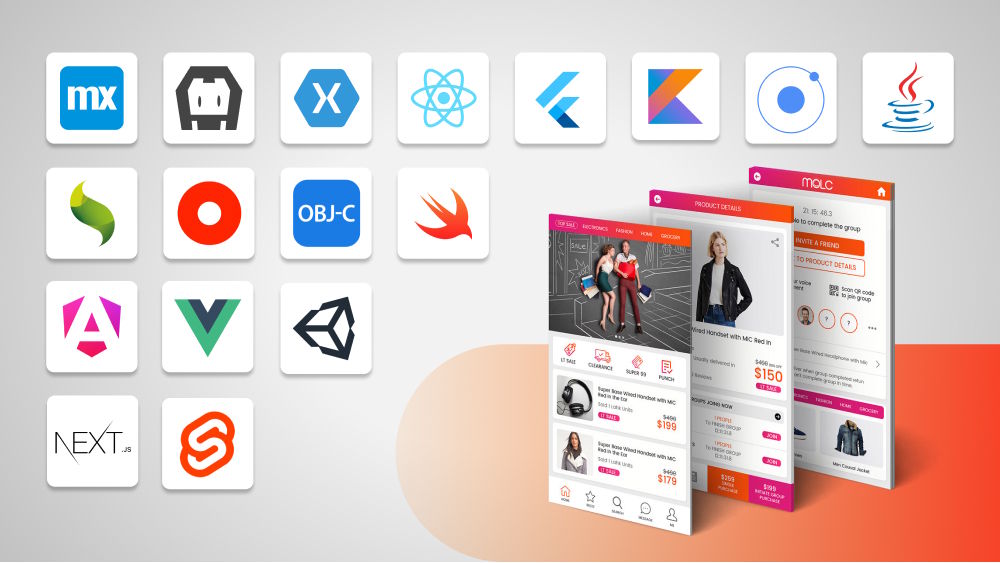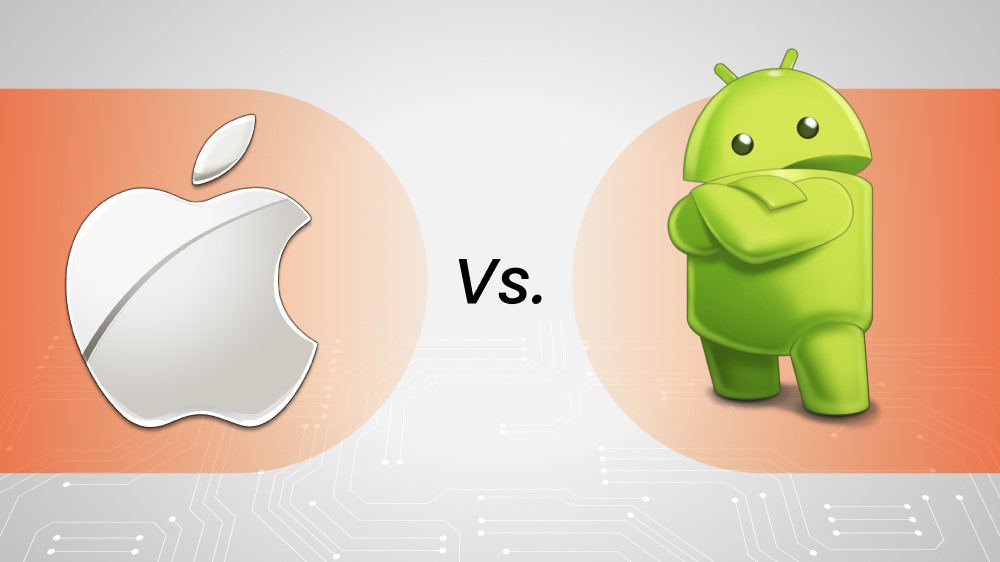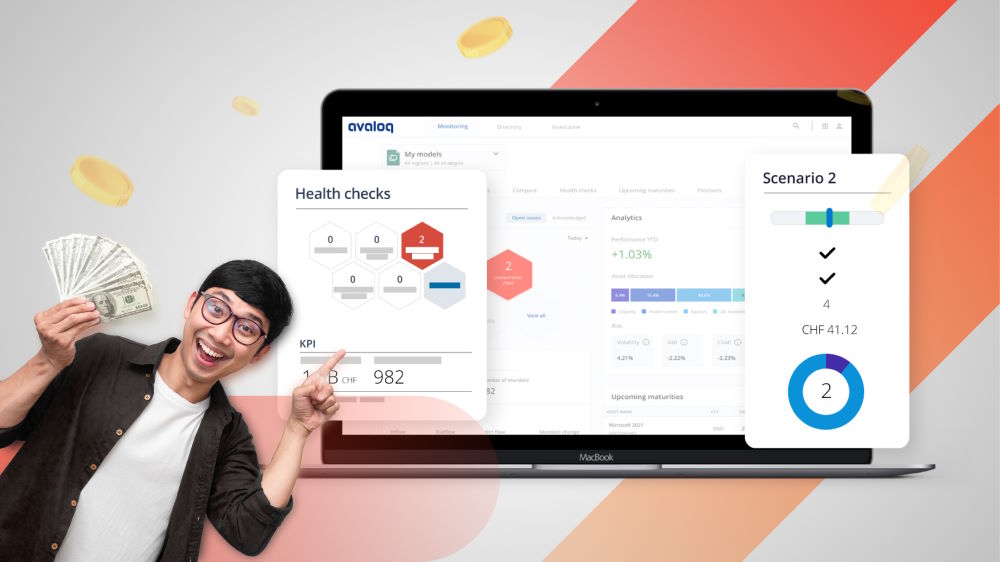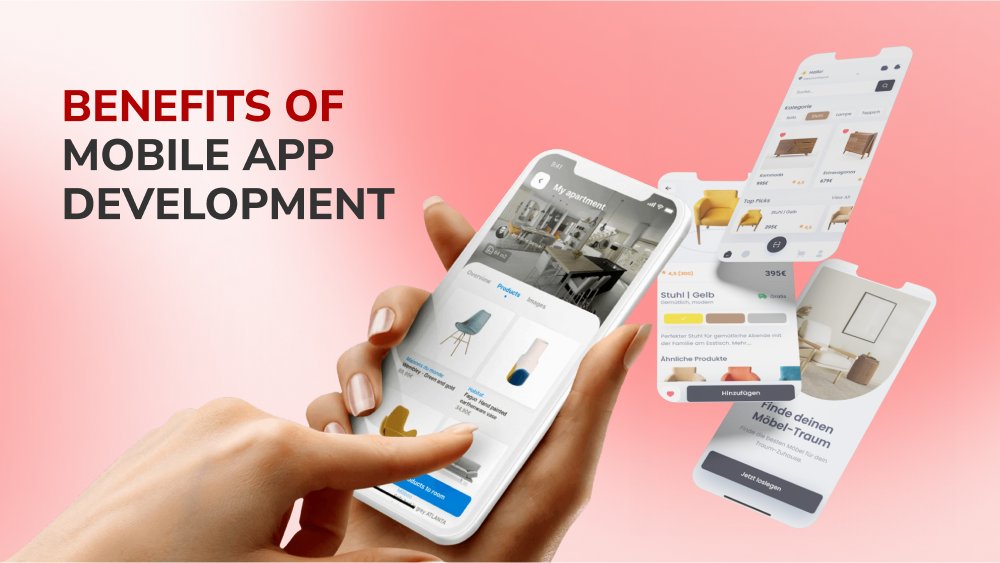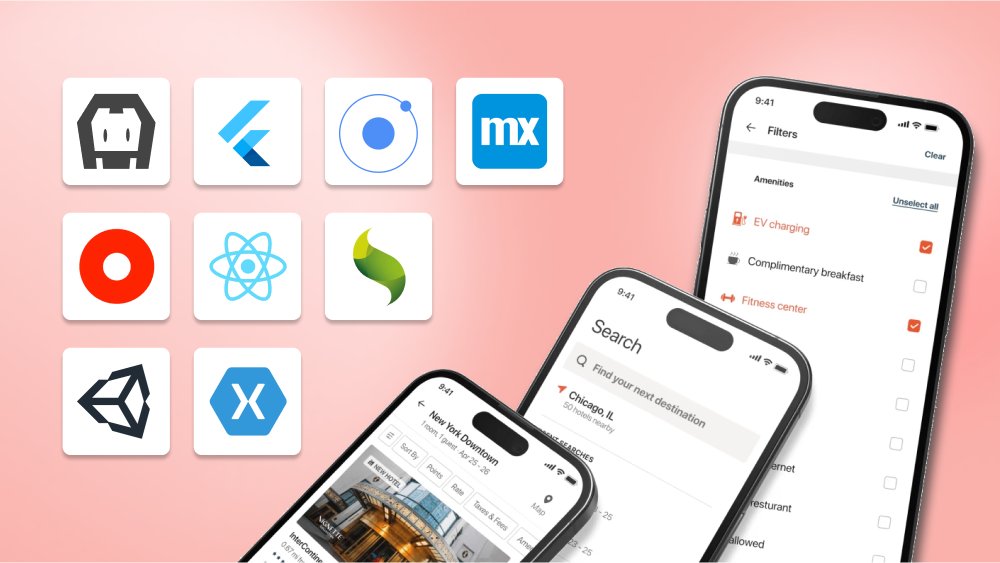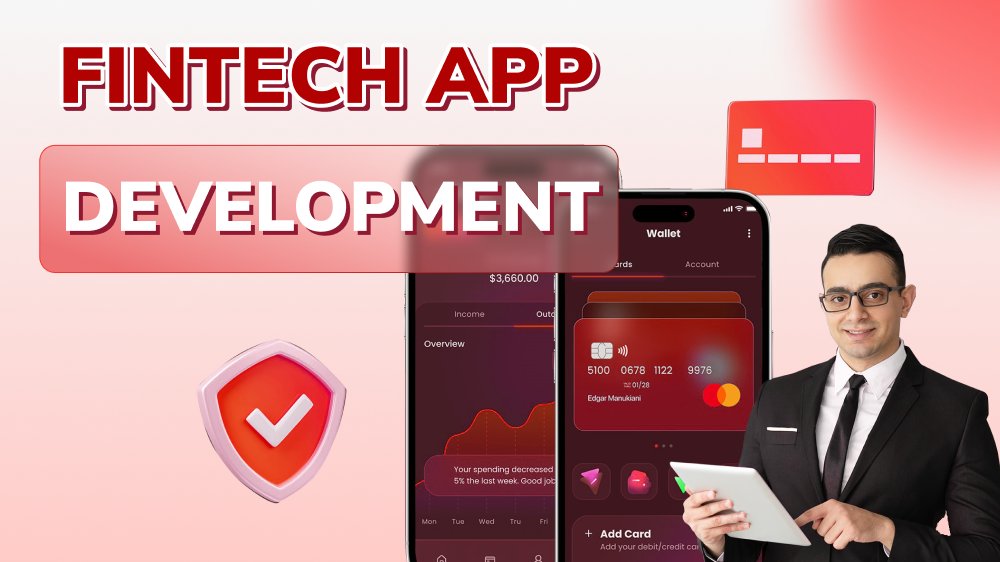How to Plan and Execute the Perfect Mobile App Strategy
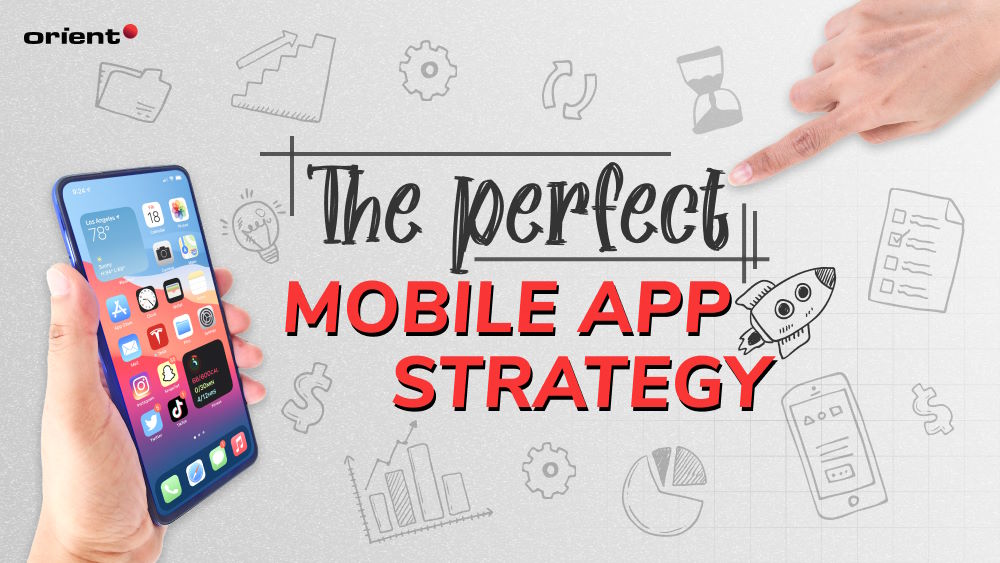
Content Map
More chaptersCreating a new mobile application is an effective way to reach new customers, retain existing customers, and expand your product and service offerings. However, with an estimated 2.68 million mobile apps on the Google Play Store and 1.8 million apps on the Apple app store, it is abundantly clear that the level of competition in the mobile market is incredibly high.
That’s where having a mobile app strategy can help. Having a written document that clearly outlines the development roadmap can help streamline the development cycle, improve the quality of the final product, and ensure the project is delivered on time and within budget.
What is a Mobile App Strategy?
A mobile app strategy is a written plan that lays out the steps to be taken to design, develop, launch, and support your mobile application. It defines the unique parameters of your mobile application, including your design, target audience, technological requirements, data security, short and long-term business outcomes, and compliance requirements.
Together, you can then research each of those components in detail, so as to gain a clear understanding of what ingredients will go into your project.
As a result, you will have a better idea of what needs to be done, why it should be done a certain way, and what the most likely outcomes are if the plan is executed properly. Doing so will also help reduce the risk of the project running over budget and missing the deadline.
What are the Core Elements of a Mobile Apps Strategy?
No two mobile app strategies are alike. Every mobile application, whether it be a lifestyle meditation app or an office productivity app, has different use-case scenarios, target audiences, user pain points, data security, and business monetization models. What works for one mobile app strategy may not work for another.
For this reason, you should not simply copy another successful mobile app; at least, not without first understanding why the mobile strategy worked, and whether the same business strategy may work for you.
However, there are several universal components, which exist in pretty much all mobile app strategies. These components can also be personalized to reflect the unique requirements of your project.
Here are the core elements of a mobile app strategy:
- Company vision
- Business model
- SWOT Analysis
- Customer Journey
- Technical Requirements
- Target audience
Company Vision
Take the time to define your company vision. Then, determine how that vision relates to your mobile application.
But what is a company vision?
It is a statement, typically one or two sentences, that defines where the company hopes to be in the future. A company vision will quickly tell your customers and investors who you are, what you do, and why you do it.
One example of a company vision is the one by Amazon which states “To be Earth’s most customer-centric company, where customers can find and discover anything they might want to buy online.”
Business Model
Most commercial mobile applications have monetization built into their design. They may be free app downloads, but then have paid advertisements where the company is paid to host the ads.
Or they may require an upfront cost to download and use, and they may also have optional in-app purchases.
There are many pros and cons to both monetization options, and which one is right for you will be down to what your competitors are doing and what your audience is willing to pay.
However, the market is overwhelmingly in favor of free mobile applications, with just 3.1 percent of apps on the Google Play store being paid to own and use.
SWOT Analysis
The purpose of a SWOT analysis is to identify the strengths, weaknesses, opportunities, and threats that relate to your mobile application. This step involves doing a lot of market research, particularly with regard to your competition and audience, and also a bit of soul searching as well.
After all, it is not easy to admit that your mobile application may not be bulletproof, which is why it is worth making the SWOT analysis a collaborative effort with your mobile application development team. The team will help you assess the commercial viability of your app idea, along with determining your audience and unique points of difference.
Customer Journey
The customer journey is all about making sense of the user experience. Or to be exact, what it’s like to interact with every component of your mobile application; from the login page to the main menu, from the account settings pages to the password change request page, and so forth.
The customer journey is also about presenting the right information, at the right time. Showing too much information at once can scare mobile users away, while too little information can cause new users to get confused and quit.
The design of your User Interface (UI) is also part of the customer journey. This includes choosing:
- Font
- Colors
- Placement of tabs
- Use of white space
- The timing of pop-up notifications
- Other visual designs
Keep in mind, your customer journey may change over time, especially during feedback and testing, when real people will use your app for the first time.
Studies show that 25 percent of mobile apps only get used once, so creating a memorable customer journey is vital to avoid becoming part of that dreaded statistic.
Technical Requirements
What kind of front- and back-end technology might you use to build your mobile application?
That depends on the nature of your project. The front-end technology stack is the parts of your mobile application that your new users interact with. They may be built using native iOS and Android programming languages – Objective-C and Swift, and Kotlin and Java, respectively – or hybrid programming languages, such as C#, Xamarin, React Native, and Appcelerator.
Meanwhile, the back-end technology stack is the parts of your mobile application that your new users do not interact with, but are still vital to the app’s functionality. The kind of tasks that back-end technology performs include data processing, content updates, authenticating user access, and managing the app’s business logic.
If you are unsure what the right technical stack may be for your project, consult your mobile application development team. Remember, every app is unique, and yours is no different. So, don’t settle for a “one-size-fits-all” solution. Make sure that your technology stack is tailored to your unique requirements.
Target Audience
Your target audience are the people who are most likely to use, and benefit from, what your mobile application has to offer. Why is having an audience important?
Because you want to tailor the design of your mobile application around the specific needs, wants, and desires of people who may already have an interest in your product. Having a audience will also make it easier to create the right marketing strategy, as you can emphasize the unique points of difference that set your product apart from the rest.
How do you define your audience?
Take the time to define the genre of your application. It could be in relation to health, lifestyle, office productivity, travel, or hospitality. From there, figure out the pain points that your application will address. Will it make your users happier, more productive, safer, stronger, healthier?
Focus on the tangible and intangible benefits of your product. Look into the demographics of your audience, including their income, gender, level of education, interests, likes and dislikes, and emotional desires.
Together, this information will help give your mobile application a unique identity, and a meaningful purpose to pursue.
How to Create a Mobile App Development Strategy Roadmap
The key to creating a mobile app development strategy is to have a solid plan in place. This involves having written documentation that covers every aspect of your mobile application development cycle.
For instance, the overarching vision, technology stack, audience, and most important of all a clear-cut budget and timeline.
Furthermore, your mobile app development strategy roadmap should have realistic, measurable annual Key Performance Indicators (KPIs), so as to help you monitor, with utmost accuracy, your development cycle status and user satisfaction.
Create a Mobile App Development Roadmap
Aside from summarizing the vision of your mobile application, your roadmap should also include the key features and pain points that your application will aim to address.
An example of this can be seen in UberEats, where the main benefit of that app is that you can order food – almost anytime, anywhere – and then have it delivered to your premise for a relatively low fee, making it easier to dine at your favorite restaurants at home and on-the-go.
Define the Development Milestones to Reach
These are milestones that relate specifically to each step in the mobile app development cycle.
It provides an estimate of the time and resources needed to reach these milestones:
- Design
- Planning
- Coding
- Programming
- Testing
- Other tasks related to development.
In Agile development, these milestones are completed in short, calculated sprints. Tasks are completed in increments, which allows for continuous feedback and space to improve on weak areas before launch.
When you outsource to a mobile app development team, they will be in charge of establishing and delivering on the relevant development milestones. They will also explain to you, in plain language, how long each task will take and why, so that you know just what to expect.
Solidify Your Time and Budget
How long does it take, and how much does it cost, to develop a mobile application from scratch?
That depends on the scale and complexity of your project. If you want to build a mobile app with multiple features, ongoing Quality of Life (QOL) improvements, and cross-platform for Android and iOS devices, then those factors will influence your budget and timeline.
If, however, you want to build an app with just one primary feature, perhaps with a few pages, then that could be done in a matter of months at a reasonable cost.
Your mobile app development team will help you plan a budget and timeline. They will also help you decide what you can afford based on how much your company is willing to spend. This way, you will avoid spending money that falls outside of your comfort zone.
Define Your Technology Stack
Your technology stack will, for the most part, be defined by the platform you choose for your robust mobile development strategy.
Will your app be primarily for Android or iOS devices, or a combination of both?
If you choose only one platform, do you intend to launch on other platforms later?
Answering these questions, early, will help the development team choose the right technology – i.e. programming languages, libraries, native/hybrid tools – for your application.
Native app development, for example, makes it easier for you to use the native, built-in features and services that come standard with a specific mobile device, which can lead to a more powerful and versatile app.
One such example of a popular native app is the augmented reality smartphone game, Pokémon GO. The game was developed natively for both Android and iOS, so as to efficiently access each platform’s unique capabilities. These native features include GPS for mapping locations (i.e. gyms, wild pokemon), the camera for augmented reality, and the accelerometer to track the player’s movement and tell the phone’s software which way the device is pointing.
Meanwhile, cross-platform development requires the use of a single codebase (with a universally accepted programming language, like Java or CSS), one that can perform the same functions on either platform.
While this convenience does, at times, limit the functionality of the app, the increased versatility of third-party libraries means that, to an extent, the gap between native and cross-platform development is narrowing.
Define Your Mobile Application KPIs
It’s not enough to just build a mobile application, launch it, and hope for the best. You should have KPIs in place to help you track the various components of your mobile application. Some of the most important metrics to measure include Daily Active Users (DAU), Cost Per Acquisition (Cost Per Acquisition), and Customer Lifetime Value (CLV).
By having a system in place to measure these metrics, you will have a clear idea as to how many users you acquire, how long they use your app for, and why they may decide to leave – and potentially even switch to a competitor.
Daily Active Users (DAU)
- Covers the amount of daily, weekly, and monthly users that are engaging with your mobile application.
- These metrics can include a combination of new, current, and returning users.
- Covering the different time periods, from daily to monthly, can give you a clear idea as to how many users are sticking around and when they are most active in a given month.
Cost Per Acquisition (CPA)
- Relates to the average cost of acquiring a single user.
- This is calculated by taking into account the time and money required to develop the build, as well as the resources required to maintain and update it.
- How your CPA is exactly calculated will depend on the business model of your mobile application, whether it be a free-to-use service (with an advertisement revenue stream) or an upfront premium fee.
Customer Lifetime Value (CLV)
- Measures the average length of time that a single user continues to use your mobile application before they stop for good.
- This can help you uncover trends and patterns. For instance, when a stream of users decide to drop off at the same time, perhaps due to a lack of meaningful updates or QOL improvements.
- These statistics may reveal why users are leaving, and what it may take to reignite their interest in your mobile application.
Choose Between an In-House or External Mobile App Development Team
This is perhaps the most important decision to make for your mobile app project.
Hiring a permanent, in-house mobile apps development team can give you greater control over the app development process.
However, this route can be expensive (as you must pay for employee benefits, such as paid sick leave and holidays), and you are responsible for the process of training and onboarding new employees, an additional time and labor expense.
Outsourcing, though, comes with numerous benefits.
First off, you get instant access to dedicated mobile apps development specialists, who have relevant past experience and require no extra training or onboarding.
Secondly, the outsourced company is responsible for project management and progress updates, saving you time and hassle on keeping tabs on the mobile app developers.
And lastly, the outsourced company will hand-pick the right people for your project, ensuring that only the most suitably skilled, and knowledgeable, people will contribute to your mobile apps.
Build Your Perfect Mobile Application
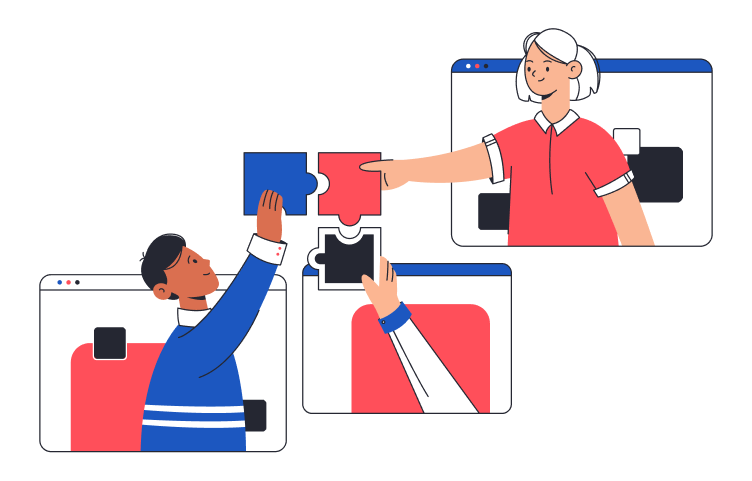
Having a plan for your mobile application project is a great way to streamline the development cycle and ensure the final product meets your unique requirements. Furthermore, if this is your first time developing a mobile application, then having a written frame of reference will help you stay on track and give you the confidence that your project is on the right path.
In addition to this, a mobile app store optimization strategy will help you properly market your product, so that your promotional efforts target the right people, convincing them to try out your app for the long term. As a result, this may help increase the odds of turning your mobile app idea into a profitable business.

